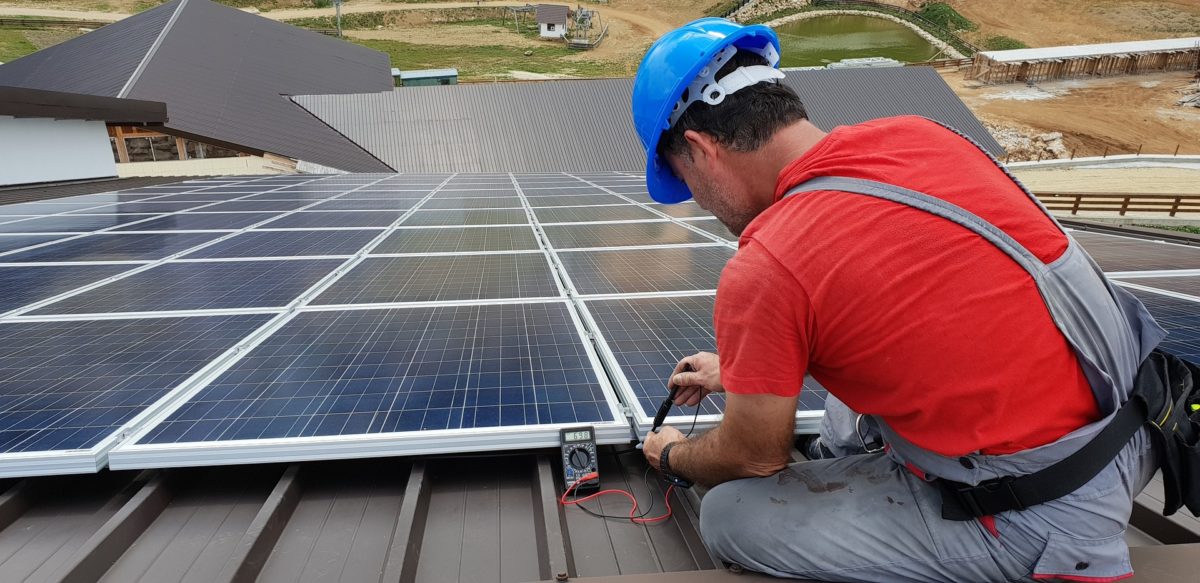From pv magazine USA
As the renewable energy sector matures, headwinds remain in the ability of project sponsors to identify and analyse risks related to their own projects and present them to their lenders. Insurance broker Marsh shared this view in a whitepaper, explaining that assessments in renewables do not consistently reflect the risks that might be reasonably insured or retained.
Marsh said that proper risk assessment can reduce the cost and time required to get to financial close while simultaneously lowering a project’s cost of risk over its lifecycle.
Often, lenders’ insurance requirements do not match risk realities. Marsh said a lack of acknowledged standards in the space leads to inconsistency and undermining project value. It said that new entrants to the market cause issues, as well.
“Lenders must often prioritise requirements that are ‘customary,’ ‘market,’ or ‘similar’ for the type of project,” wrote Marsh. “However … they frequently fail to account for critical differences in risk identification and analysis methods employed by project sponsors that have a mature risk management approach. This means that they may inadvertently impede efforts to professionally manage insurable risk; or worse, divert investment capital from projects where risk has been effectively managed to those where it has not.”
Marsh said that in some instances, cost of insurance could exceed 25% of annual operating and maintenance expenses. Lack of proper modelling and a “one-size-fits-all” approach can lead developers to deploy excessive conservatism in insurance, such as applying the 150% of 1-in-500 year loss standard. The firm offers five ways to more properly evaluate risk for renewable project finance.
1. Identify credible risk identification and risk analysis techniques
Changing the scope of lender requirements for insurance limits should start with a list of expected documentation that can demonstrate a standard for insurance limit purchasing. Marsh recommends developers put together a list of secondary characteristics as part of their data-gathering process and leverage the additional information to more accurately model the exposure.
Marsh also recommended multiple GPS coordinates for large-scale operations to map out actual exposure to catastrophic weather events. And developers should leverage an agent’s or broker’s in-house modelling and analytics team to strengthen the argument for more appropriate insurance limits based on actual exposure instead of relying on peer benchmarking.
2. Employ an internal certified risk management professional
Risk managers can support your team internally by offering credible risk identification and risk analysis techniques for the project sponsor to carry out. It allows for better collaboration with independent third parties in the deployment of risk assessment techniques. An internal risk manager can provide an increased level of risk management confidence for all involved during the project financing process by implementing more advanced evaluation models.
3. Reflect on possible conflicts of interest
Agent or broker conflicts of interest should be considered in risk management strategy. Marsh said developers should consider the trade-offs of different approaches to remuneration and how each method aligns with the company’s values, goals, and practices. Developers should understand, assess and monitor the perspectives and incentives of each risk advisor on remuneration. Peer feedback and credentials reviews can help in this process.
4. Consider the importance of insurance sufficiency assessments
Over the past two years as project volumes have ramped up, there have been significant changes in ownership, staffing levels, and the complexity of risk assessment undertaken by project sponsors. Marsh recommends exploring the increasingly diverse and competitive field of independent and broker-affiliated options. It suggests regularly considering the pro’s and con’s of each and monitoring changes.
5. Perform annual sensitivity analyses
Buying more insurance with deductible buy-downs, excess catastrophic risk coverage, and other specialty coverages can make the difference between finding project financiers and having them walk away. Insurance products can improve a project’s attractiveness, when used correctly. The length of a renewable project’s life cycle often means that regular sensitivity reviews will be needed to assess whether the coverage remains adequate and efficient.
“The way forward depends on creating a roadmap that allows for education, open dialogue, and willingness to change, allowing all stakeholders in renewable energy project financing to close deals more efficiently and with the right amount of insurance being purchased on a per-risk, merit basis,” concluded Marsh in the whitepaper.
This content is protected by copyright and may not be reused. If you want to cooperate with us and would like to reuse some of our content, please contact: editors@pv-magazine.com.









By submitting this form you agree to pv magazine using your data for the purposes of publishing your comment.
Your personal data will only be disclosed or otherwise transmitted to third parties for the purposes of spam filtering or if this is necessary for technical maintenance of the website. Any other transfer to third parties will not take place unless this is justified on the basis of applicable data protection regulations or if pv magazine is legally obliged to do so.
You may revoke this consent at any time with effect for the future, in which case your personal data will be deleted immediately. Otherwise, your data will be deleted if pv magazine has processed your request or the purpose of data storage is fulfilled.
Further information on data privacy can be found in our Data Protection Policy.